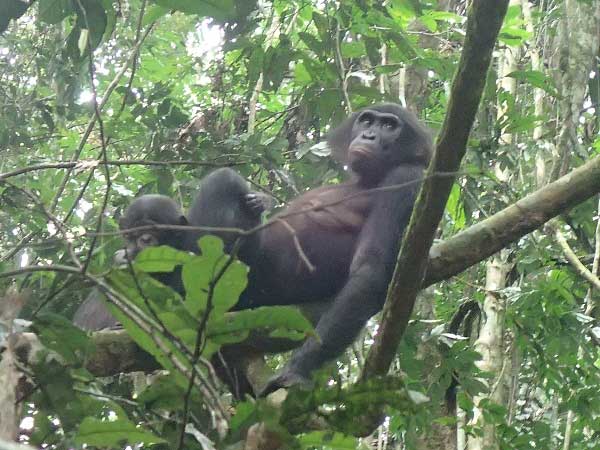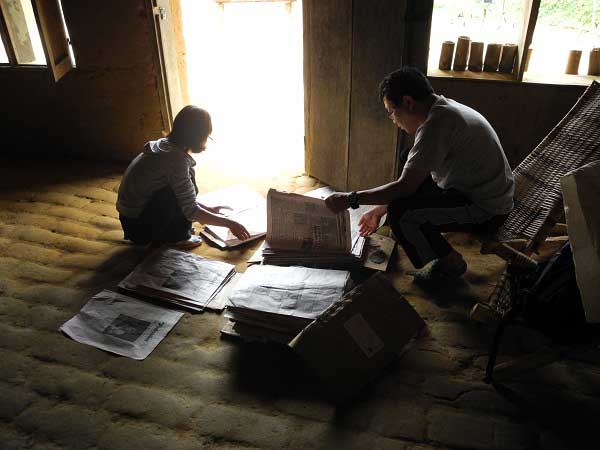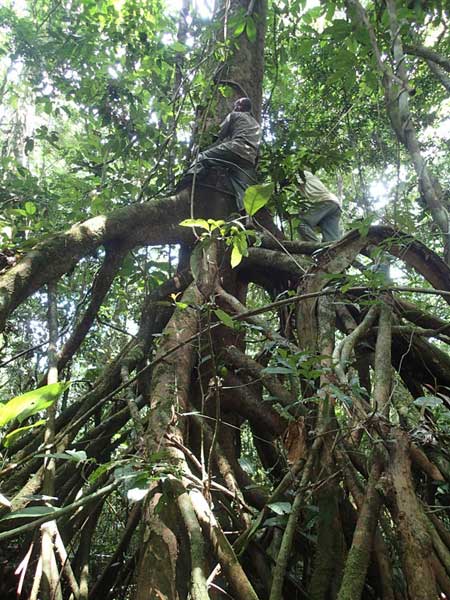Japanese report
AS-HOPE report
Number: AS-24-031
Scaling up of vegetation information on the ranging pattern of Bonoobos
Report: TERADA SAEKO
Date: 2012/7/28 - 2012/9/27
I conducted research on 1) group trackings of two groups of bonobos, 2) vegetation survey and 3) fruit census in a.
20 km x 20 km area in the Ruo Scientific Reserve, the province of Equator.
First, the group tracking of bonobos was carried out with other researchers whoconducted behavior observations of bonobos for a week.
This intended to learn the behavior of bonobos as the target species and also the methods to obtain data on them, because it was my first experience to observe wild apes.
Next, I carried out vegetation survey across the current raging area of the twobonobos groups for 5 weeks.
Fifty quadrates (30mí▀30m) including primary forests, secondary forests, and swamp forests were set and individual tree census over 30cm in DBH was conducted as species names, DBH and lianas in eachquadrate.
At the same time, I interviewed local names of trees and lianas and corrected specimens to identify them.
Finally, I examined the fruits census which has been conducted for decades at research area as a routine work, and modified the method in order to add some information for corresponding to the data set in vegetation survey and to obtain such data continuously by a part of routine work.

First experience of observations of Bonobos

Collecting plant specimens

Vegetation survey with counterparts
AS-HOPE Project< > >
|




